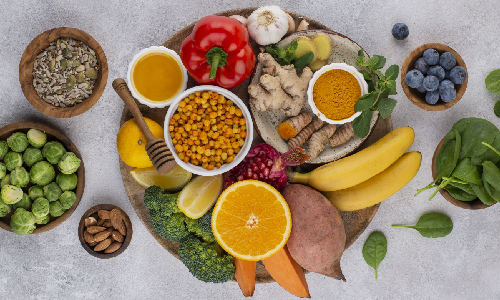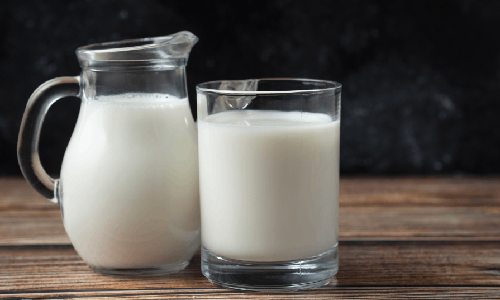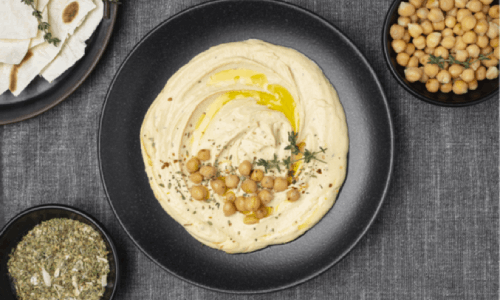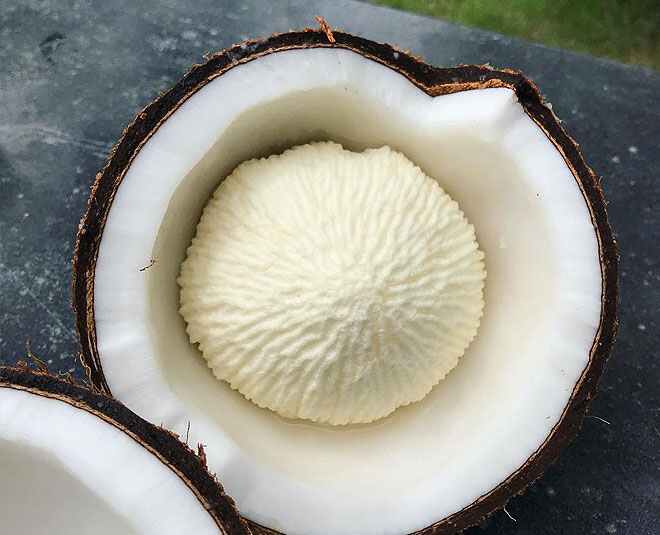According to Ayurveda, food is medicine. It not only provides you energy to sustain, but it also heals you. I am someone who gives importance to diet. An Ayurvedic diet is a major part of my treatment plan for my patients for all health conditions. 80% of my treatment involves food and the rest 20%… Continue reading The Power of Ayurvedic Diet
The Power of Ayurvedic Diet









